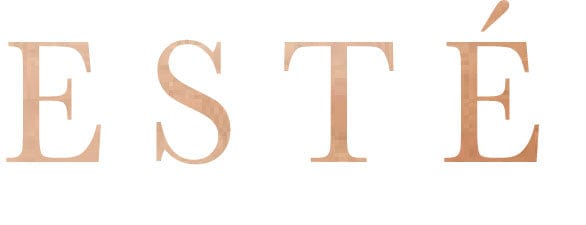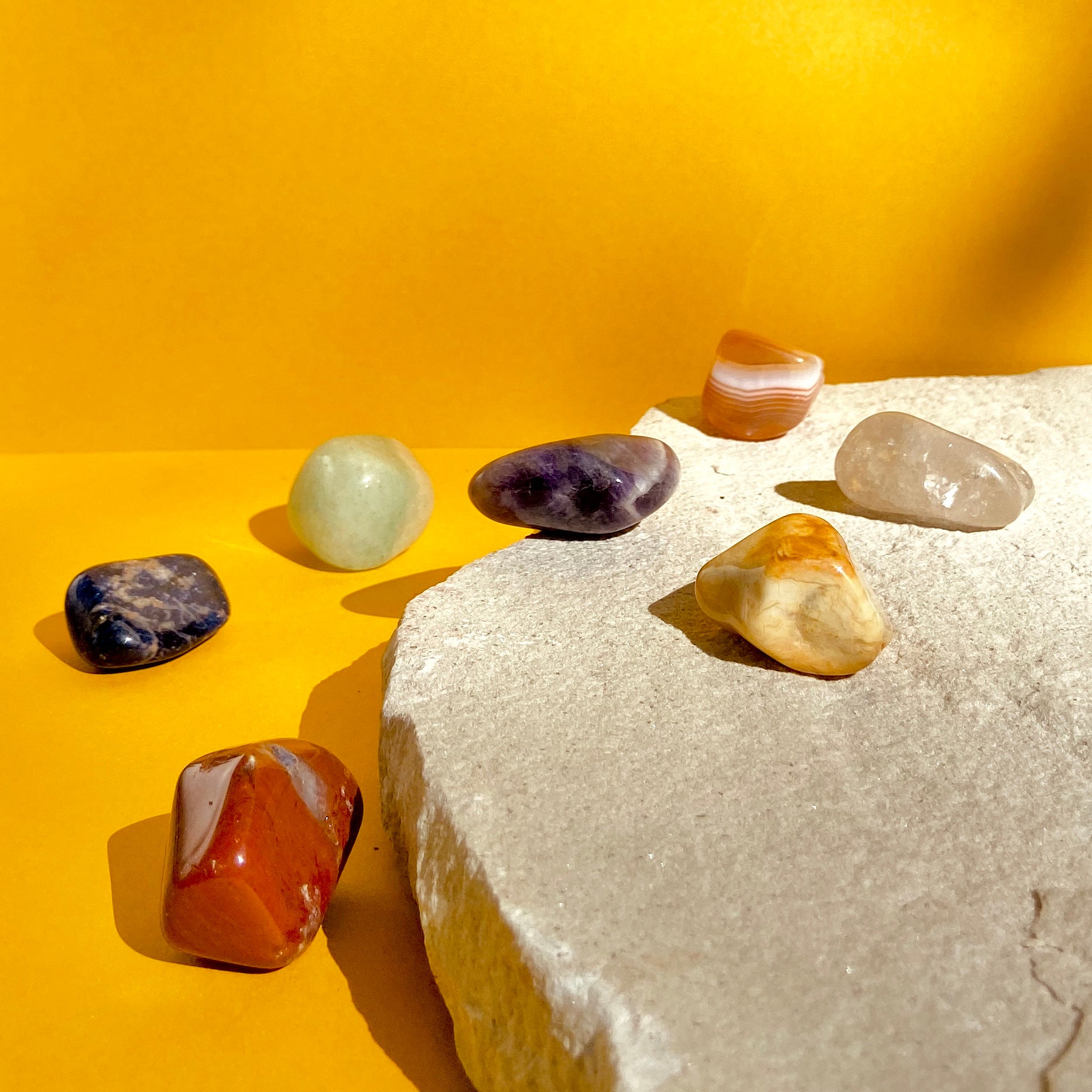Introduction
Crystals have fascinated people for ages because they look awesome, can help with healing, and have spiritual powers. Different cultures have used crystals in all sorts of cool ways, like in rituals, medicine, and as symbols of power and purity. This article will take you on a journey through the history and traditional uses of crystals around the world, showing how these amazing natural wonders have influenced human history and why they are still loved today for their unique energies.
The History and Significance of Crystals in Various Cultures
Crystals have been used by civilizations around the world for thousands of years. From ancient Egypt to the indigenous tribes of the Americas, these shimmering stones have played a crucial role in cultural rituals, healing practices, and spiritual journeys. Here we explore the rich history and significance of crystals in various cultures.
Ancient Egypt
The ancient Egyptians were among the first to use crystals in their daily lives. They believed crystals had protective and healing properties, often using them in amulets and burial rituals. Amethyst was prized for its supposed ability to ward off intoxication, while clear quartz was thought to channel divine energy. The Egyptians also used lapis lazuli for protection and to symbolize power and truth. The vibrant blue stone was often inlaid into the golden burial masks of pharaohs, highlighting its significance in both life and death.
Additionally, the Egyptians used malachite and turquoise for their supposed protective and healing qualities. Malachite, with its deep green color, was thought to guard against danger and illness. Turquoise, known for its beautiful blue-green hue, was believed to bring good fortune and shield its wearer from harm.
Ancient Greece and Rome
In ancient Greece, crystals were named krystallos, meaning "ice," as they believed clear quartz was eternally frozen water. The Greeks used amethyst to prevent drunkenness and promote clarity of mind. It was common to see amethyst-encrusted drinking vessels to protect against intoxication. In Rome, crystals were used in medical treatments and protective talismans. Soldiers carried hematite to protect them in battle, while carnelian was worn to boost courage and vitality.
The Greeks and Romans also used crystals in their architecture and art. For instance, the Romans incorporated crystal inlays into their mosaics and jewelry, believing that these stones held divine energy that could enhance the beauty and sacredness of their creations.
China and Japan
In Chinese culture, jade has been revered for over 5000 years. It symbolizes purity, serenity, and moral integrity. Jade was used in burial ceremonies, jewelry, and carved into intricate sculptures. Emperors and high-ranking officials often wore jade pendants and ornaments, believing in its power to protect and purify. Jade also played a significant role in Chinese medicine, where it was ground into a fine powder and ingested for its supposed health benefits.
In Japan, crystals were used in Shinto rituals to connect with the divine. Selenite, known for its purifying properties, was often used in these sacred practices. Crystals like quartz and garnet were also used in the crafting of ritual objects and religious artifacts, symbolizing the connection between the physical and spiritual realms.
Indigenous Cultures of the Americas
Many Native American tribes believed in the powerful healing properties of crystals. Turquoise was especially significant, symbolizing sky and water, and believed to bring good fortune and protection. Shamans used various crystals in healing rituals to restore balance and harmony. Crystals like obsidian and agate were used in tools, jewelry, and spiritual ceremonies.
The Maya and Aztec civilizations also held crystals in high regard. They used quartz and obsidian for crafting tools and in spiritual rituals, believing that these stones could channel the energy of the gods. Crystal skulls made from clear quartz are among the most mysterious and significant artifacts from these cultures, believed to possess powerful spiritual properties.
India
In Indian culture, crystals are integral to Ayurvedic medicine and spiritual practices. The chakras, or energy centers in the body, are balanced using specific crystals. For instance, amethyst is used for the crown chakra to enhance spiritual awareness, while rose quartz is used for the heart chakra to promote love and compassion.
Crystals also play a vital role in Vastu Shastra, the ancient Indian system of architecture and design. Crystals like clear quartz and amethyst are used to harmonize the energy in a space, promoting health, prosperity, and spiritual well-being. Gemstones such as sapphires, rubies, and emeralds are also used in traditional Indian jewelry, believed to bring protection, good fortune, and healing.

